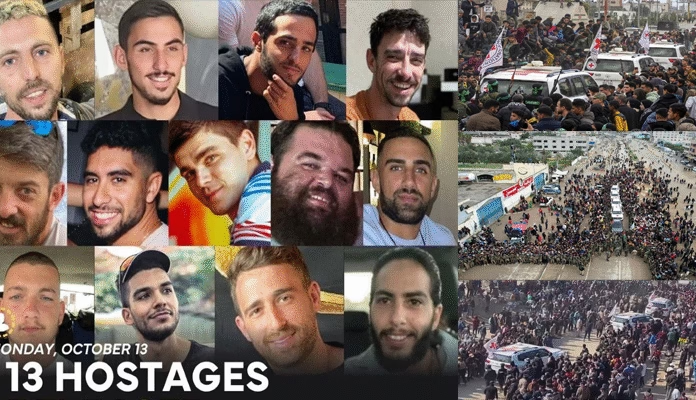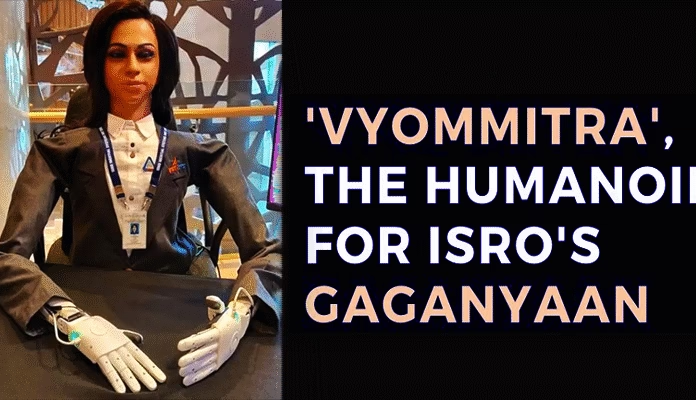
 On the seventh day of the Iran-Israel war, the cluster missile bombs launched by Iran on Israel have proven to be extremely lethal. This attack by Iran has severely shaken the morale of Israeli civilians. Cluster bombs, also known as cluster munitions, are among the deadliest and most controversial weapons in the world. These bombs are designed to cause massive destruction and long-term effects on the battlefield. Iran’s use of them during the war against Israel has drawn global attention to these missiles.
On the seventh day of the Iran-Israel war, the cluster missile bombs launched by Iran on Israel have proven to be extremely lethal. This attack by Iran has severely shaken the morale of Israeli civilians. Cluster bombs, also known as cluster munitions, are among the deadliest and most controversial weapons in the world. These bombs are designed to cause massive destruction and long-term effects on the battlefield. Iran’s use of them during the war against Israel has drawn global attention to these missiles.
A cluster bomb is a type of explosive weapon deployed from the air or ground. It comes in the form of a large shell (canister) filled with hundreds of smaller explosive devices known as submunitions or bomblets. These bomblets can vary in type, such as anti-tank, anti-personnel, or incendiary. Their primary purpose is to spread across a wide area and cause maximum damage. The impact zone of a single cluster bomb can be as large as several football fields, enabling it to destroy military units, vehicles, or other targets on a large scale.
How Do Cluster Bombs Work?
The operational mechanism of cluster bombs sets them apart from conventional bombs. They are released via aircraft, helicopters, or missiles into the target area. Upon reaching the target zone, the bomb’s casing opens mid-air, scattering hundreds of bomblets. These bomblets disperse over a large area and detonate, causing widespread destruction.
Recently, during the Iran-Israel conflict, Iran used ballistic missiles to deliver cluster bombs. Observations revealed that the warheads split into smaller bombs during descent, leading to large-scale devastation. Each bomblet detonates independently, destroying surrounding targets. Some bomblets fail to explode immediately and remain on the ground like landmines, posing a long-term threat to civilians.The biggest characteristic of cluster bombs is their extensive coverage. They can simultaneously target both military and civilian areas, making them highly effective. However, this very trait also makes them controversial.
In 2008, the Convention on Cluster Munitions (CCM) was signed by over 100 countries, agreeing to ban the production, storage, and use of these weapons. This treaty came into effect on August 1, 2010. Nevertheless, some countries have not signed the agreement, which is why cluster bombs are still being used in wars today.
Which Countries Possess Cluster Bombs?
It is difficult to obtain exact figures regarding the stockpiling and use of cluster bombs, as many nations keep their military capabilities classified. However, some information is available about certain countries.
The United States has extensively used and produced cluster bombs. Recently, it supplied cluster bombs to Ukraine as military aid, a move that drew criticism from many countries. The U.S. has not signed the CCM, and thus continues to use and supply these weapons.Russia also holds a large stockpile of cluster bombs. It has been accused of using them in the Ukraine war. Like the U.S., Russia has not signed the CCM.Reports suggest that in the recent Iran-Israel war, Iran used cluster bombs delivered via ballistic missiles. Iran too has not signed the CCM. Israel is also believed to possess cluster bombs, although there is no official confirmation.
China and India have not signed the CCM treaty either and likely have stockpiles of cluster bombs, although the exact numbers are unknown. Other countries such as Pakistan, North Korea, and Saudi Arabia may also possess cluster munitions, but reliable data confirming this is not available.
It is worth noting that the use of cluster bombs is extremely controversial from a humanitarian and ethical standpoint. Due to their indiscriminate impact, they cause heavy casualties among civilians, especially children. Even after wars end, unexploded bomblets remain on the ground like landmines, posing long-term dangers.Human rights organizations like Amnesty International and Human Rights Watch have strongly condemned their use.
Cluster bombs are powerful and destructive weapons whose wide coverage and long-term impact make them highly dangerous on the battlefield. However, due to their indiscriminate use and the harm they inflict on civilians, they remain a subject of international controversy. While more than 100 countries have banned their use, major military powers like the U.S., Russia, and Iran continue to use and stockpile them. The future of cluster bombs will remain a complex subject of debate between wartime utility and global prohibition.



